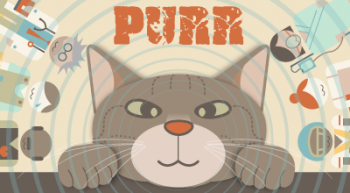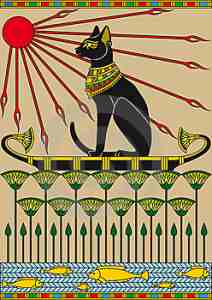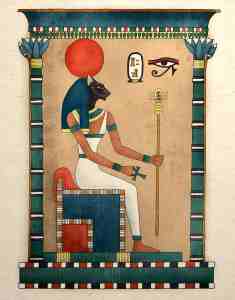Cat Purrs Harness Holistic Healing Powers

Feline owners love the sound of their cats purring. This sound seems to emit pure bliss and tranquillity. But do cats only purr when they are content. First of all, how does a cat make this purring sound. Purring is created when a rhythmic, repetitive neural oscillator sends messages to the laryngeal muscles in the cat which causes the mussels to twitch at a rate of 25 to 150 vibrations per second. When this happens it causes a sudden separation in the inhalation and exhalation in the vocal chords of the cat. The result...the cat purr.
The purring is so low pitched that we can feel it as well as hear it. Domestic cats and some varieties of wild cats also purr. Humans believe cats purr when they are content, but research also shows cats purr when they are wounded, frightened and giving birth. It is also suggested the purr may serve as an evolutionary role or some kind of survival mechanism. Cats in ancient times often were the receivers of admiration and also have been deified for their miraculous ability to resist harm. A common statement for someone that seems to be lucky again and again is that they must have 9 lives like a cat. Dr Clinton Rubin says �...optimal frequency for bone stimulation is 50 hertz. The dominant and fundamental frequency for three species of cats' purr is exactly 25 to 50 hertz: the best frequencies for bone growth and fracture healing. The cat's purr falls well within the 20-50 hertz anabolic range, and extends up to 140 hertz .�
So why is the purr associated with healing powers. Studies seem to indicate the purr has therapeutic qualities. A gentle comfort seems to pass on to cat owners when their favourite feline purrs contentedly on their lap.
Learn MORE at The Spirit Science
To help with slow website load, we have put all photos for this article here: View photo gallery.









